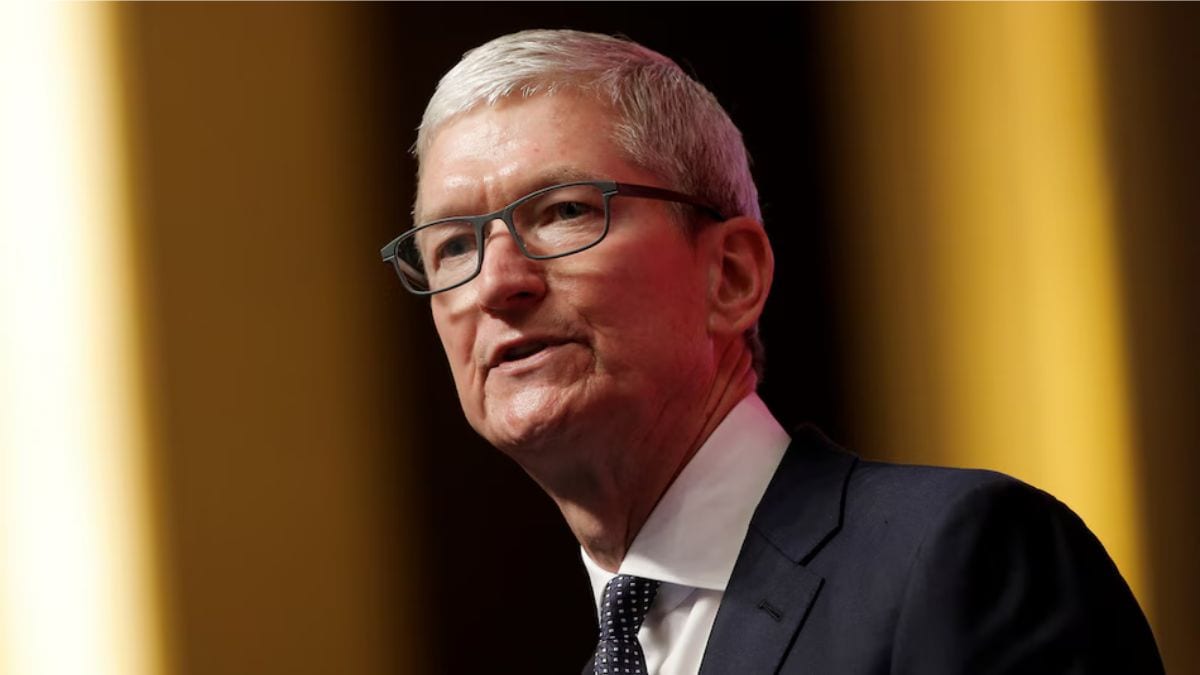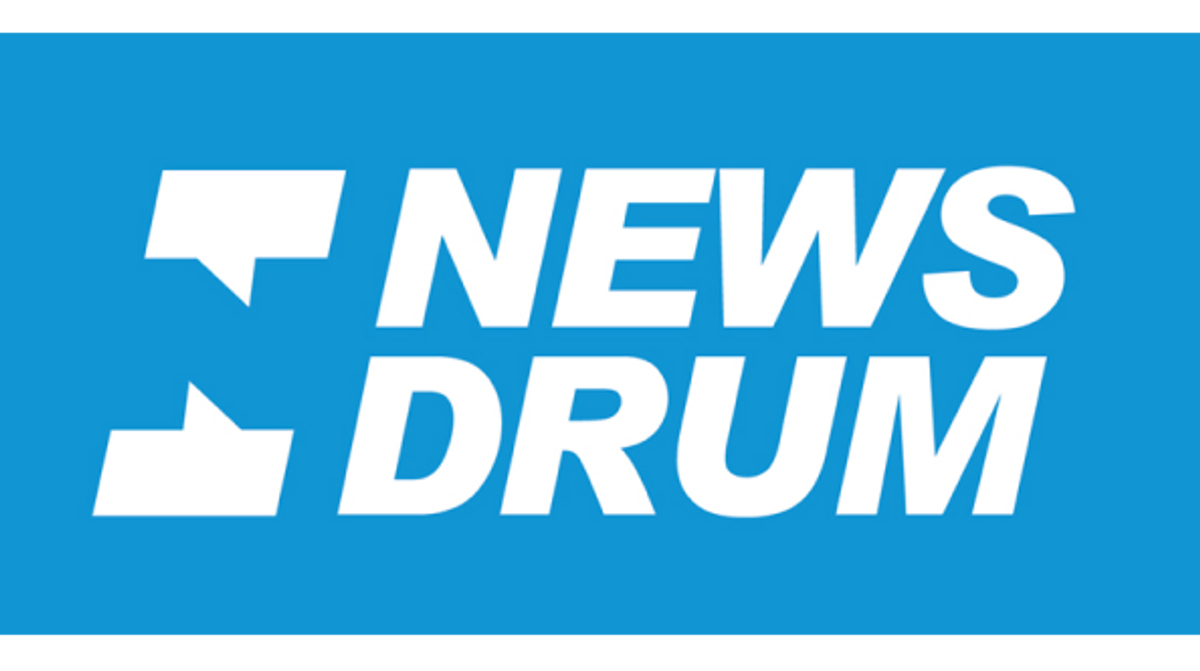
The crypto industry’s leading stablecoin issuer, Tether, appears to be on an ambitious trajectory that could see it extend its influence globally. And quite frankly, I’m thrilled about this potential!
Just two days ago, Tether made a groundbreaking announcement: it acquired a 9.8% stake in Adecoagro, a major player in Latin American agriculture, for approximately $100 million. This move signifies Tether’s intent to broaden its horizons beyond the crypto sphere.
Adecoagro is no small entity; it stands as one of Argentina’s premier milk producers, managing over 550,000 liters of milk daily. In Brazil, it oversees sugarcane plantations covering more than 193,000 hectares, producing both ethanol and refined sugar. Notably, Adecoagro also invests in renewable energy initiatives.
By making such strategic investments, Tether is signaling a clear intent to integrate more deeply into real-world industries. And it’s not just about expansion; it’s about leveraging its substantial financial reserves. As of August, Tether’s reserves were a staggering $118.4 billion, including $5.3 billion in excess reserves. The company raked in an impressive $5.2 billion in profit in the first half of the year alone.
Tether’s market capitalization stands at $114 billion, underscoring its financial prowess. To understand how Tether reached this pinnacle, we need to look back at its origins and evolution.
Originally launched as Realcoin in 2014 by Brock Pierce, Reeve Collins, and Craig Sellars in Santa Monica, Tether began by issuing tokens on Bitcoin’s blockchain using the Omni Layer Protocol. This initial phase leveraged Bitcoin’s robust security for contracts and exchanges.
By November 2014, Realcoin was rebranded as Tether. The company then introduced three major tokens backed by fiat currencies: USD Tether (US+), Euro Tether (EU+), and Yen Tether (JP+). Initially, Tether lacked independent audits and transparency, causing some skepticism about its backing.
From 2015 to 2018, Tether experienced explosive growth. It was listed on Bitfinex, and within a year, the number of Tether tokens surged from $10 million to $2.8 billion. During this period, Tether accounted for around 80% of Bitcoin trading volume, making it indispensable for crypto traders.
However, rapid growth attracted regulatory scrutiny. In 2018, when Tether’s price briefly dropped to $0.88, fears of credit risks led traders to swap their Tether for Bitcoin. Later that year, allegations surfaced against one of Tether’s owners for using fake invoices to circumvent banking rules in China.
Despite these challenges, Tether’s trading volume eclipsed Bitcoin’s in 2019 and by 2021 accounted for about half of all Bitcoin trades. Regulatory issues persisted; Tether was fined for not maintaining full reserves during 2016-2018 and for failing to provide proof of its assets. It was revealed that only 74% of Tether was backed by actual reserves, with the remainder consisting of receivables and other assets.
In 2021, Tether settled a lawsuit with the New York Attorney General’s office for $18.5 million without admitting wrongdoing. Despite these setbacks, Tether continued to innovate and expand.
Paolo Ardoino, Tether’s Chief Technology Officer, voiced concerns about regulations requiring stablecoins to hold significant reserves in uninsured cash deposits. He believed such mandates could jeopardize financial stability for USDT users.
In 2022, while other crypto companies struggled, Tether emerged stronger. Circle, its closest competitor, faced growth challenges. By October 2023, Paolo Ardoino was appointed CEO, succeeding Jean-Louis van der Velde.
Amidst this leadership change, the Wall Street Journal alleged that Tether was involved in money laundering, terror financing, and sanctions evasion. These accusations included financing Hamas and North Korean nuclear programs. Tether responded by denying these claims and highlighting its cooperation with governments on criminal investigations.
Remarkably, Tether remained resilient through these controversies. Congressman Tom Emmer from Minnesota later dismissed the Wall Street Journal’s report as erroneous during a February 2024 congressional hearing.
In May 2023, Tether announced a Bitcoin mining operation in Uruguay, leveraging the country’s renewable energy sources like wind and hydropower. By November 2023, Tether committed half a billion dollars to become one of the world’s top Bitcoin miners. This investment included a $610 million credit facility extended to Northern Data AG.
Tether also signed a memorandum with the Government of Georgia to establish a fund for local blockchain startups. In December 2023, Lugano, Switzerland began accepting cryptocurrencies like Tether for paying taxes and fines.
Despite ongoing accusations regarding its reserves’ transparency, Tether began releasing quarterly reports through BDO Italia in July 2022. Critics argued these reports were insufficiently detailed but marked a step towards greater transparency.
By 2022, Tether had cemented its position in the crypto world by issuing USDT on multiple blockchains including Ethereum, Solana, Tron, and Algorand.
In January 2024, Howard Lutnick of Cantor Fitzgerald assured Bloomberg that concerns about Tether’s reserves were misplaced and revealed his company was acting as custodian for Tether’s reserves.
Despite allegations of illicit activities, blockchain analytics firm TRM Labs reported a significant drop in criminal transactions using Tether from $24.7 billion in 2022 to $19.3 billion in 2023.
In February 2024, Tether launched “Tether Edu,” focusing on blockchain and digital technology education in underserved regions like Africa and Latin America. The goal was to bridge the education gap and empower individuals with skills in blockchain technology.
Tether’s net profits for the first quarter of this year were $4.52 billion, driven largely by US Treasury securities and significant positions in gold and Bitcoin. In April 2024, Tether invested $200 million into Blackrock Neutro, a brain-chip company developing brain-to-computer interfaces.
In May 2024, Tether underwent major restructuring into four divisions: Finance, Data, Power, and Edu. This restructuring reflected its growing scope of operations across traditional finance, renewable energy, and digital education.
Amidst a struggling global economy with high inflation rates and geopolitical conflicts affecting trade and stability, Tether presents potential solutions.
Tether can facilitate cross-border transactions in regions with unstable local currencies like Venezuela and Nigeria by providing a stable medium of exchange. It can also drive financial inclusion by offering digital dollars accessible via smartphones to unbanked populations in developing regions.
Additionally, Tether could help bridge the $2.4 trillion annual investment gap needed for global development goals by investing in infrastructure projects in low-income regions.
Moreover, USDT can offer a reliable store of value amidst hyperinflation crises and make remittances faster and cheaper for families in conflict-affected areas.
Tether has also worked on compliance solutions like the “Travel Rule,” enhancing trust between nations and financial institutions for international transactions while mitigating criminal activities through collaborations like the recent partnership with TRON and TRM Labs.
In conclusion, while facing numerous challenges and controversies, Tether continues to push forward with innovative strategies aimed at global integration and economic empowerment. Whether it will indeed “take over the world” remains to be seen but its trajectory certainly suggests a significant impact on global finance and beyond.




